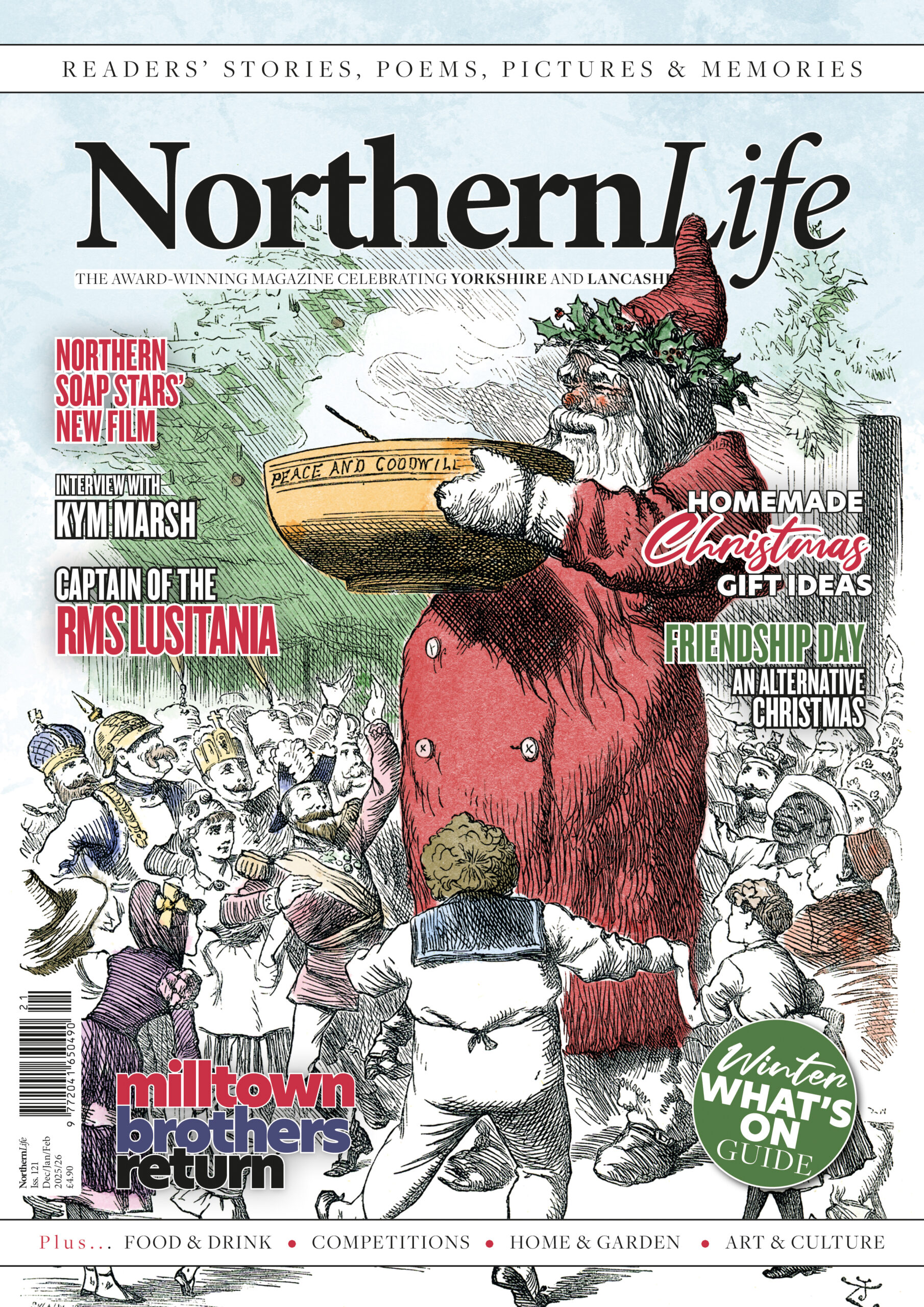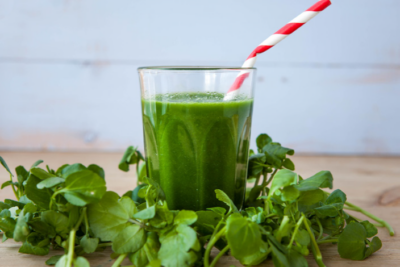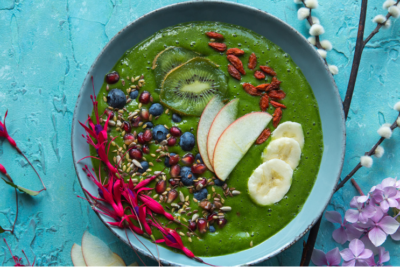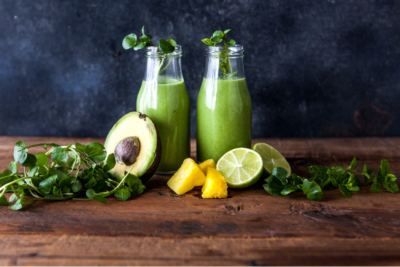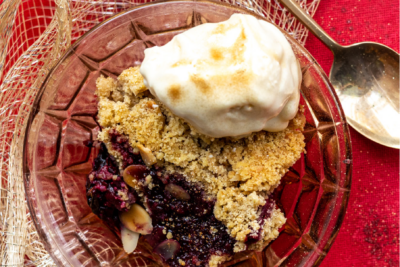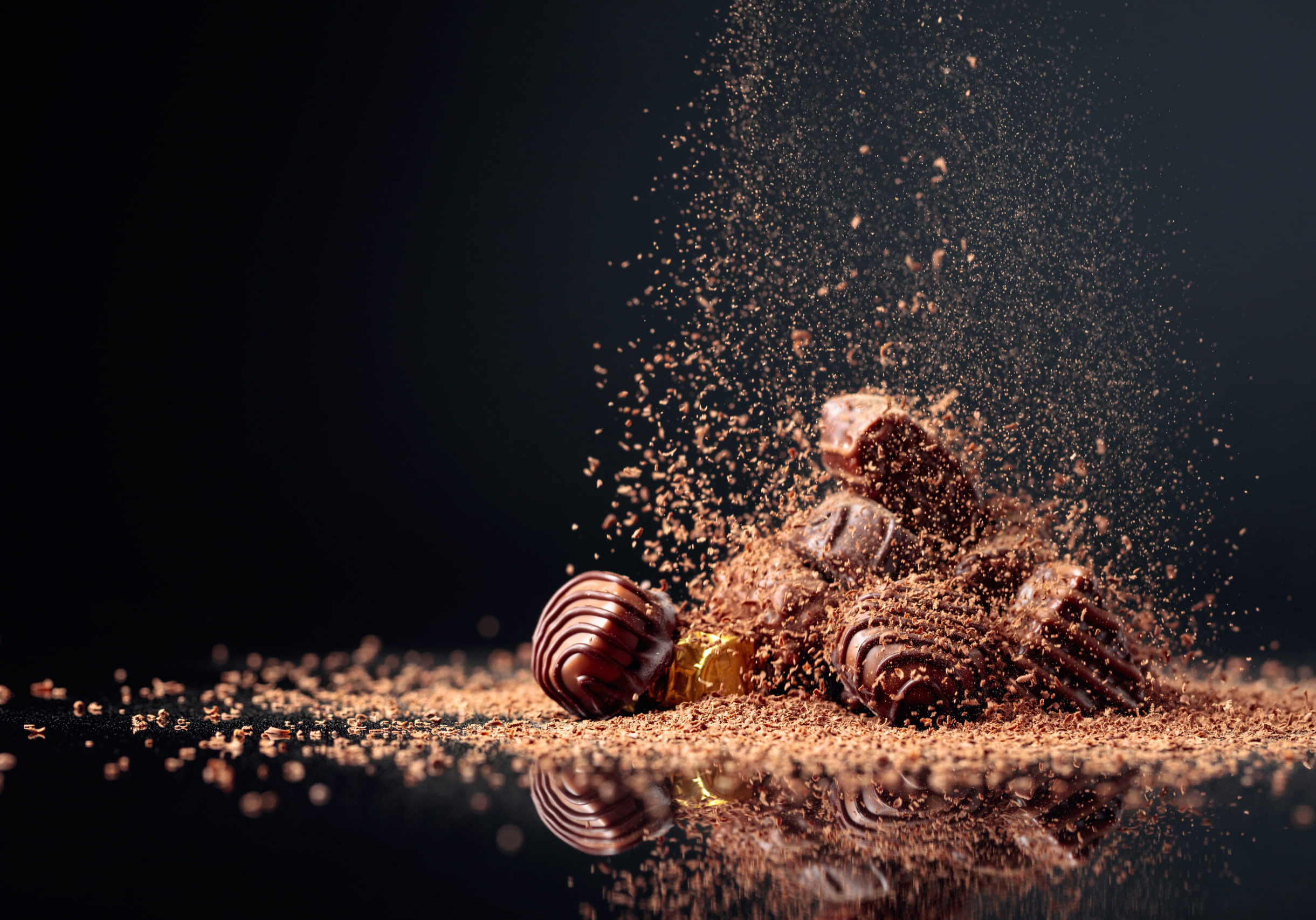
Chocolate tasting: a sensory experience
by Northern Life
Chocolate tasting is a fascinating experience, capable of involving all five senses and providing authentic taste explosions. To fully appreciate the nuances of chocolate, it is necessary to learn how to taste it correctly and understand the sensory mechanisms that guide this experience.
Thus, each tasting becomes a journey through flavours, scents, and textures, allowing you to grasp the different characteristics of each type of chocolate. For this reason, before buying high-quality chocolate boxes, such as those from Venchi, an Italian company that knows how to combine tradition and innovation in each of its creations, it is a good idea to find out how best to taste them.
Which chocolate to taste?
Choosing the right chocolate means embarking on a sensory journey through flavours and aromas that can enrich the palate. As already mentioned, tasting chocolate is not just a moment of pleasure but a true experience that involves all the senses, revealing the complexity and depth of this food.
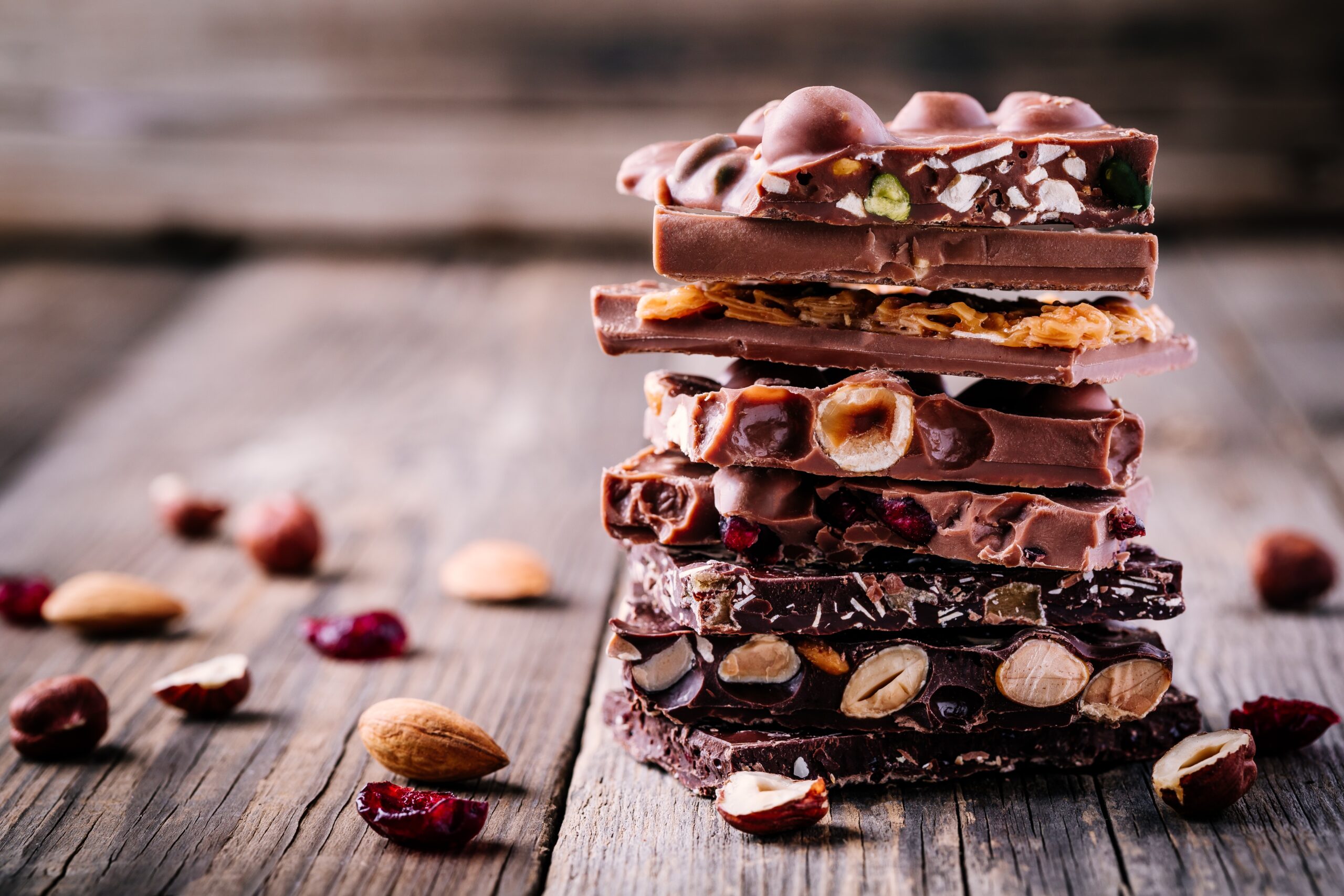
Therefore, to get the most out of a tasting, it is essential to opt for high-quality chocolate made with excellent ingredients and craftsmanship. The tasting session should include a variety of different chocolates, from classic dark chocolates to more sophisticated and innovative ones (e.g., made with ingredients such as dried fruits, spices, or citrus fruits, which further enrich the experience).
In any case, it is always a good idea to focus on quality products that stand out for their balance of flavours, texture and the purity of the ingredients used.
How to prepare for the tasting?
Preparation is a crucial step in tasting chocolate and appreciating its every organoleptic nuance.
First, it is essential to prepare the spirit. It is advisable to take a moment to pause, breathe deeply and relax. Creating a calm mental environment allows you to activate your senses and focus fully on the tasting experience you are about to embark on.
Tasting requires total concentration: it is important to avoid distractions
Afterwards, it is important to cleanse the palate. Drinking water helps to eliminate any residual aftertaste that might affect the perception of chocolate. This step ensures that the taste is evaluated without interference, allowing a more accurate assessment of its characteristics.
Obviously, it is not advisable to start a chocolate tasting when you are in a hurry. To fully understand the characteristics of this food, it is essential to devote as much attention to it as possible. Tasting requires total concentration: it is important to avoid distractions and to focus exclusively on the sensations and aromas one perceives. Only in this way is it possible to appreciate every nuance and detail.
The sight
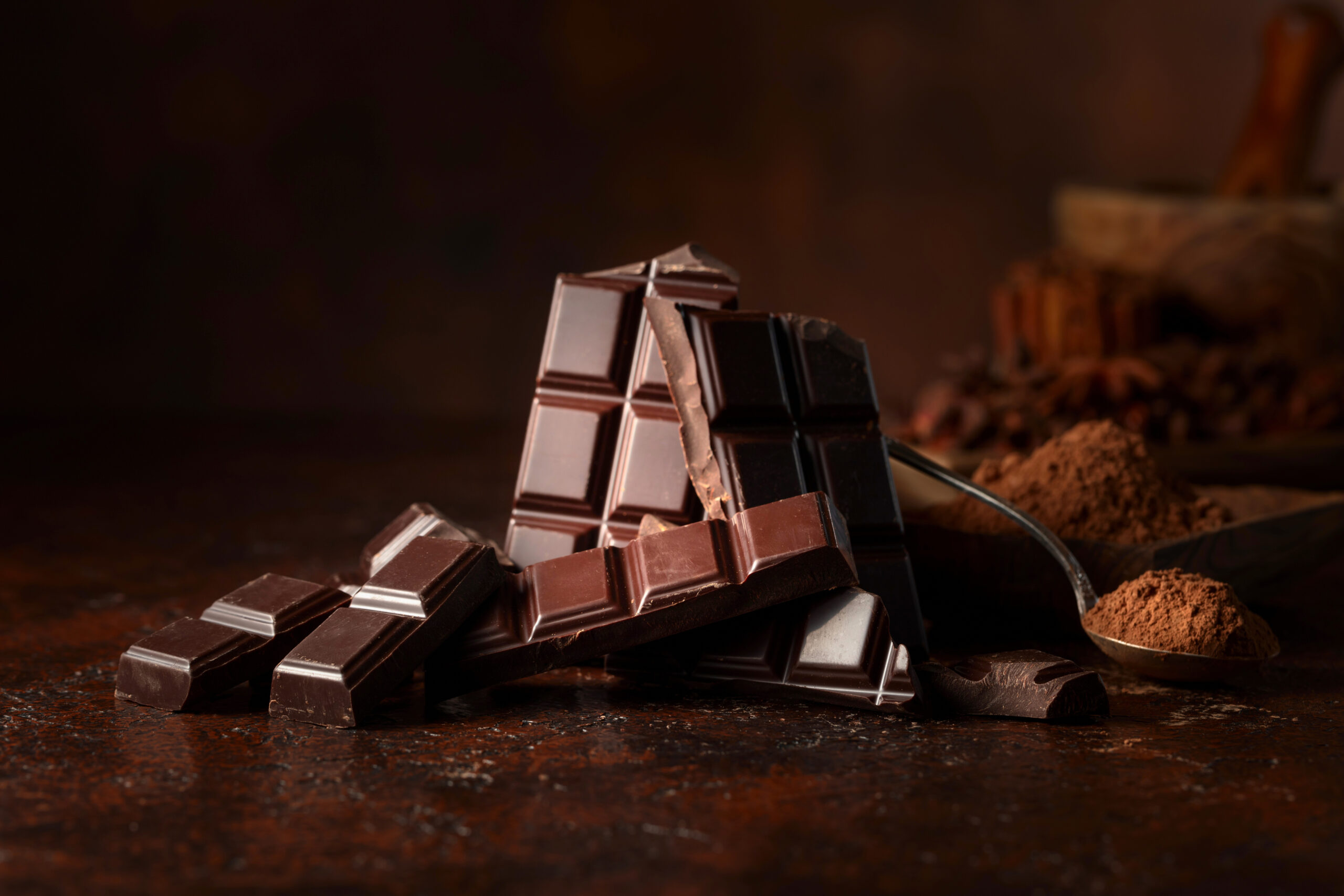
The first sense stimulated during a tasting is sight. To approach a chocolate tasting at its best, it is essential to stop and observe the appearance of the chocolate. This must be examined from both sides so as not to be fooled by the outline left by the mould.
If the surface is even, glossy and shiny, this means that you are about to taste high-quality chocolate. You can then appreciate the colour, which can vary according to the roasting of the cocoa beans. You can usually see shades of red, purple, pink and even orange.
The hearing
Not everyone knows that you can tell a lot from the sound of chocolate when it is broken. Hearing, in short, allows you to tell whether you are dealing with quality chocolate or not.
If you hear a distinct ‘snap’ after breaking the bar, then it means that the chocolate is artisanal and of quality. If the sound is sharp and the chocolate breaks precisely without leaving splinters or crumbs, it means that the cocoa concentration is very high and that the tempering has been carried out properly.
The touch
Another action to perform before eating is to caress the chocolate. By doing so, you can raise its temperature and release all its flavours. It only takes a few seconds; it is not necessary (nor advisable) to melt it.
On the fingertips of the hands, the chocolate should feel smooth and without any imperfections, as if it were a fine satin ribbon. If you notice imperfections or irregularities such as bubbles or protuberances, the chocolate may not be of high quality.
Intense and persistent aromas suggest that the product is of high quality.
Touch, however, does not only come from the hands. When moving on to the tasting stage, in fact, it is essential to remember to evaluate not only the flavour but also the tactile sensation of the chocolate. More precisely, the consistency of the latter, once in the mouth, must be velvety and melt with heat without having to chew it. By activating the sense of touch, it is possible to find out when you have classy handmade chocolate in front of you.
The sense of smell
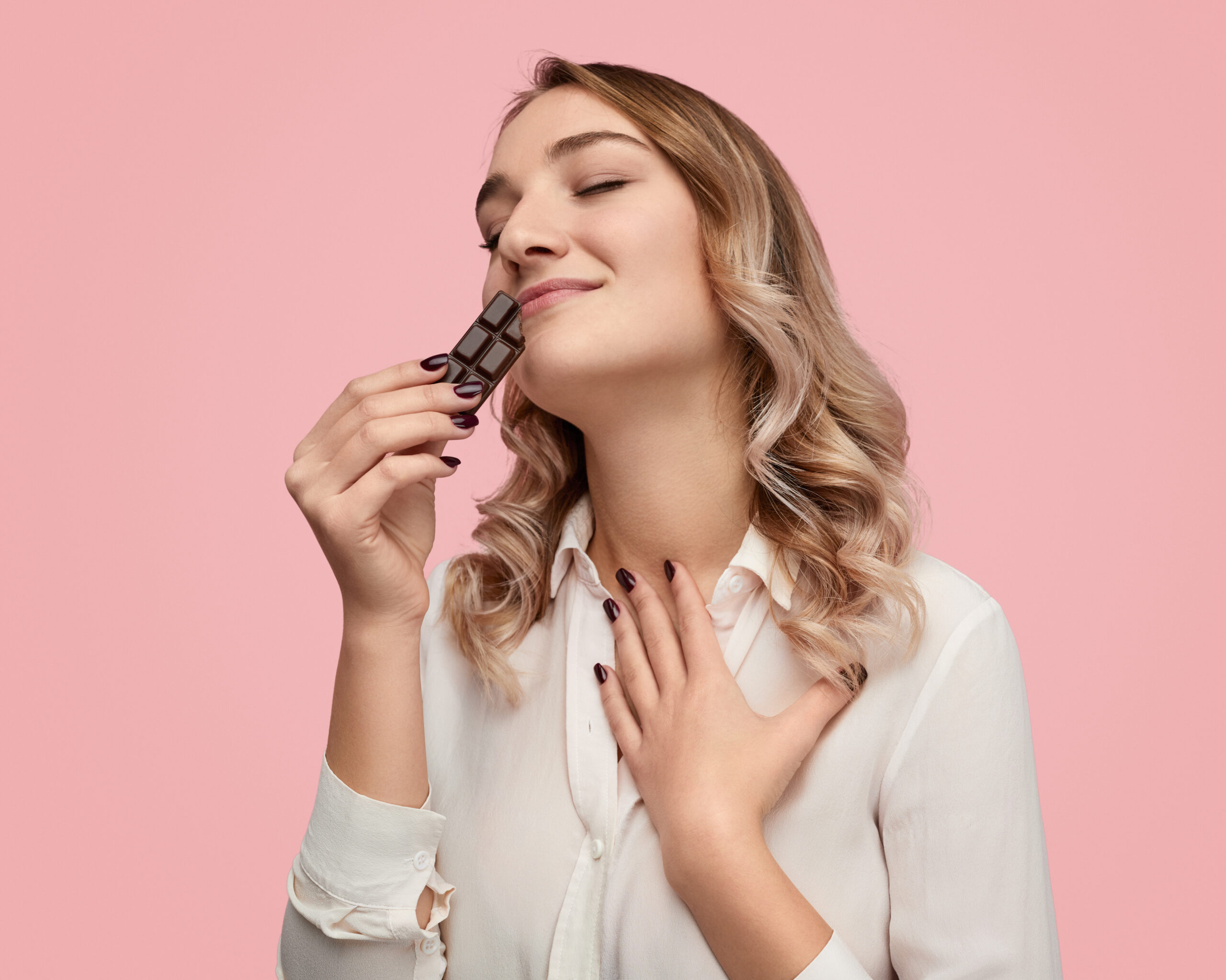
One of the most exciting phases of tasting is that which stimulates the sense of smell. This phase is generally the one that precedes the actual tasting, so it is important not to give in to temptation just now and let your sense of smell carry you away.
To best appreciate chocolate, avoid wearing perfumes or using particularly intense soaps on your hands, which could alter the perception of aromas. Instead, bring the chocolate close to your nose and inhale very slowly so that you can smell all the scents it emanates.
In this particular phase, the brain and palate prepare to memorise all the sensations perceived, making associations or evoking memories. Scents such as coffee, caramel, fruit, spices, liquorice, and many more are usually possible to perceive. Intense and persistent aromas suggest that the product is of high quality.
The taste
The most important stage of tasting is obviously the stage in which the sense of taste is the protagonist. Eating chocolate must be the last step after all the senses have been stimulated. Only in this way is it possible to fully savour chocolate in all its nuances. To taste it at its best, it is advisable to bring it to the mouth and chew it as little as possible so that it slowly melts between the tongue and the palate.
What to do after the tasting?
Once the tasting is over, it is good to reflect on what was sensed and perceived. Indeed, a new awareness may emerge, perhaps a subtle nuance that had escaped during the tasting. Indeed, this experience is not merely a sensory pleasure but also a careful and methodical process.
Therefore, it is important to take notes immediately afterwards, noting the sensory impressions and comparing the various experiences to discern differences and similarities between different products. These notes will be invaluable when it comes to choosing new chocolate bars in the future, either to savour or to give as gifts to others.
